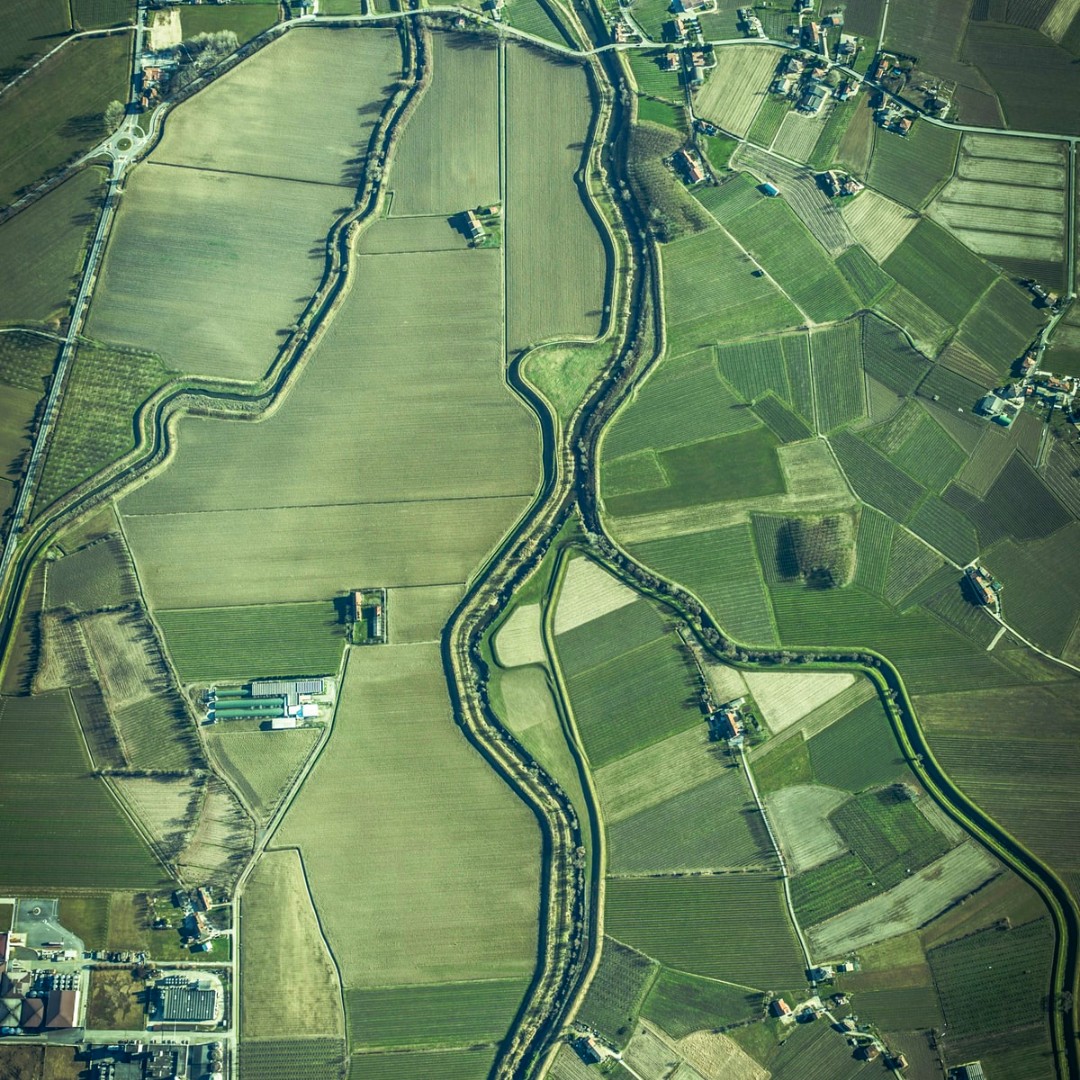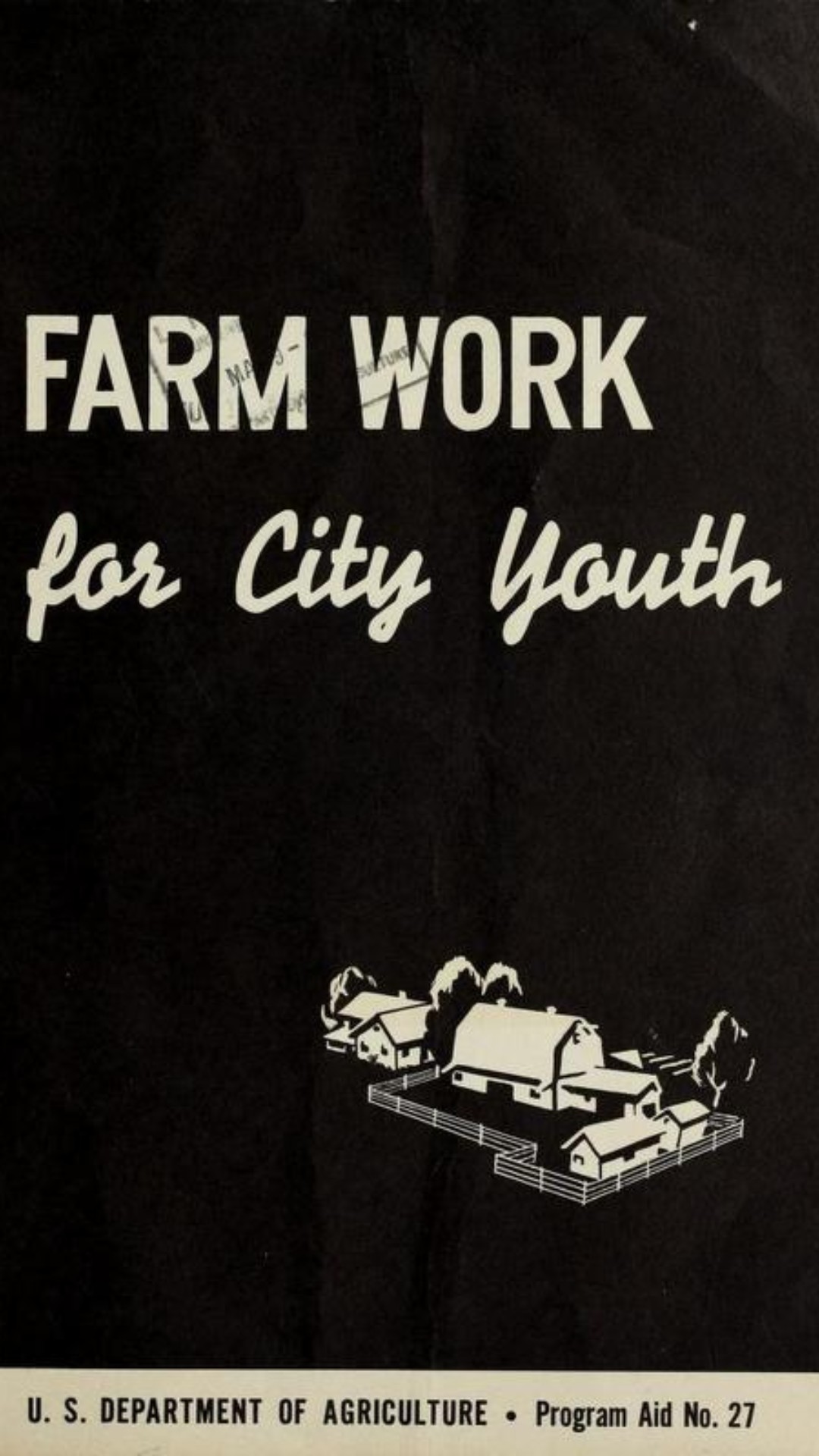Resources for Growing Year-Round
Growing year-round can be as much of a challenge as it is a joy. We are here to help you make the most of your resources and our week-by-week guides. This blog installment will outline many resources you can use to tweak your planting. With some planning, you can easily achieve great harvests!
Gothic Arch has customers from Key West to Canada and beyond. We know that people with a passion for plants grow indoors, outdoors, on farms, on rooftops, in greenhouses, in raised beds, on balconies, community plots, window sills, school gardens, and anywhere else they can. To grow your best in any climate and conditions, a little knowledge can go a long way.
A key to growing year-round is understanding the plant you are growing, and what it needs to flourish. Important things to consider when growing outside of the usual season are: Can it survive frost? Does it like rich soil or an airier type? How long will it take to germinate? What soil temperature is best as it matures? If you are not growing in a heated greenhouse or indoors, these resources can help you to adjust our planting guide to your zone, local climate, and regional weather patterns.
Best Local and Regional Planting Information
USDA Planting hardiness map:
https://planthardiness.ars.usda.gov/PHZMWeb/
For outdoor growing, the USDA’s zone map is based off of the average annual minimum winter temperature. This is the standard by which most growers base their yearly planting. Low tunnels, high tunnels, and row covers can all help extend your zone’s season.
When to expect your last spring freeze:

Growing Maps
https://www.ncdc.noaa.gov/news/when-expect-your-last-spring-freezeandhttps://www.ncdc.noaa.gov/cdo-web/datatools/normals
The National Centers for Environmental Information have two helpful maps that show historical data and averages for the last spring freeze for your area.
The last spring freeze date gives growers an idea of when they can plan to sow seeds outdoors. It also helps you to choose when it’s best to move seedlings started indoors to beds outside. Transitioning plants outdoors can give you more indoor seed-starting space when growing year-round.
Soil temperature maps:
https://www.weather.gov/ncrfc/LMI_SoilTemperatureDepthMaps
http://news.ncgapremium.com/index.cfm?show=1&mapID=20Average soil temperature is extremely important to consider when starting plants or when transplanting.
The NRCS has this wonderful interactive map,which gives air temperature, soil temperature, and soil moisture:https://www.wcc.nrcs.usda.gov/scan/
Historic temperature and precipitation maps:
https://www.ncdc.noaa.gov/temp-and-precip/us-maps/Rainfall can affect the viability of new plants. When growing year-round, check the local rainfall patterns. You might wait a week or two to sow, in some cases, if heavy rains are a yearly pattern. Check your area’s historic temperature and precipitation at this National Climate Data Center site.
Soil Health Information:
https://www.nrcs.usda.gov/wps/portal/nrcs/detail/national/soils/health/?cid=stelprdb1143204The USDA has some helpful soil health infographics, which can help you determine any steps you may need to take to ensure a fertile garden.
Additional Growing Tools
One thing all of us at Gothic Arch Greenhouses enjoy is sharing knowledge. We have compiled a few additional gardening and growing resources below that we thought you may enjoy.
If you’re sharing our growing year-round guide with your students, check out the USDA’s Food and Nutrition Services educational growing resources site. You’ll find their evidenced-based curricula for educators to use to integrate garden-based nutrition education lessons into core educational subjects, such as Math, English Language Arts, and Science.
https://www.fns.usda.gov/tn/team-nutrition-garden-resources
Thinking of starting a community garden? The NRCS has some great advice here:
https://www.nrcs.usda.gov/Internet/FSE_PLANTMATERIALS/publications/mipmcot9407.pdf
And if you’re a city-dweller, the USDA can advise on getting a great start with urban agriculture:https://www.nrcs.usda.gov/wps/portal/nrcs/main/national/landuse/urbanagriculture/
Their resource for information on non-traditional growing methods, such as hydroponics, aquaponics, aeroponics, and vertical growing can be found at this link:https://www.nal.usda.gov/afsic/hydroponics
对增长有你寻找具体的建议吗conditions, pests, or invasive species in your area but haven’t found answers? Your local farm services office may be able to help!
https://offices.sc.egov.usda.gov/locator/app
The National Garden Center has many apps, maps, calculators, and advise pages here:https://garden.org/apps/
And finally, our favorite: the National Agricultural Library’s digital exhibit includes many guides and pamphlets created by the USDA over the years. The information on how to start your own backyard Victory Garden (as they were called in the WWII era) is as valid now as it was in the 1940s!
https://www.nal.usda.gov/exhibits/ipd/small/items/browse/page/2
You will also find this groovy, illustrated Growing Your Own Vegetables, circa 1977https://naldc.nal.usda.gov/download/CAT87209981/PDF
Growing Year-Round in 2020
We hope that with these resources, our guide to growing year-round can help you to achieve a healthy and happy year of harvests. Gothic Arch Greenhouses is dedicated to helping our customers grow their dreams; if our team of experts can help you with a greenhouse, equipment, growing supplies, or any horticulture need, we’d love to hear from you. Reach us by phone or email today!


